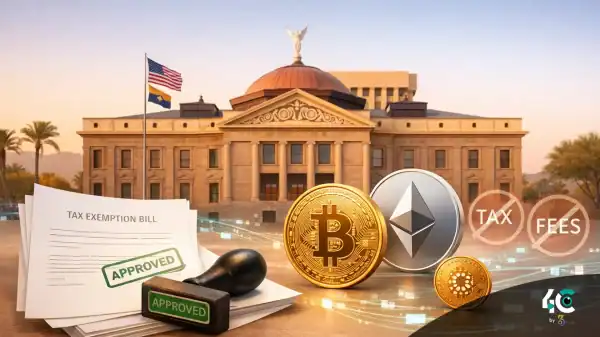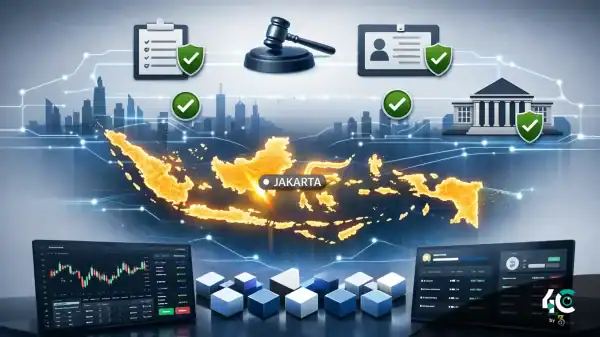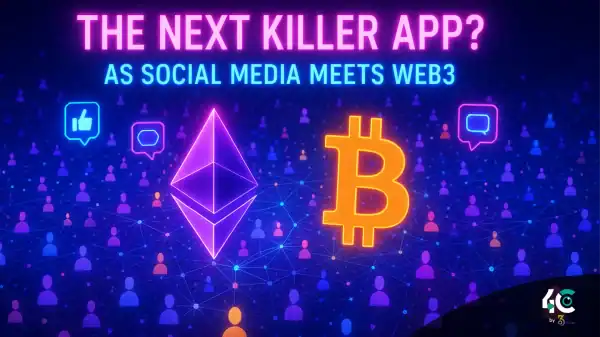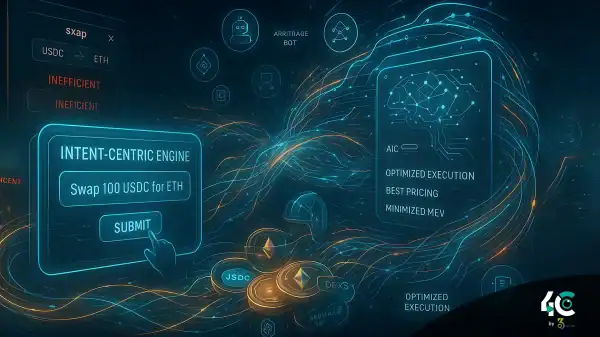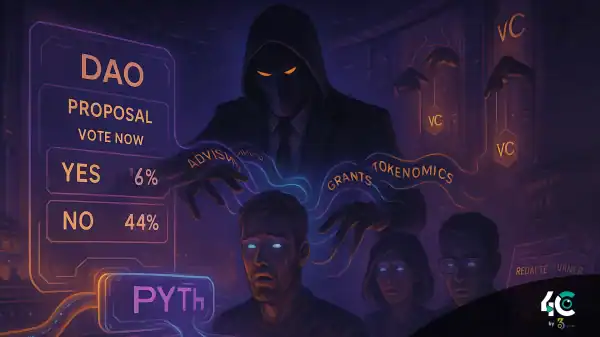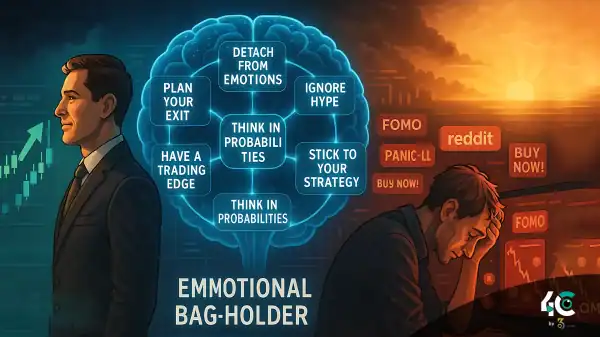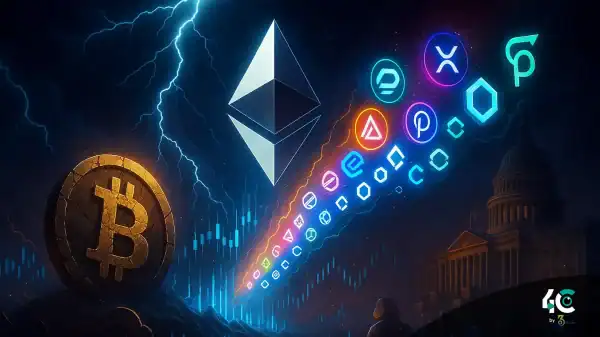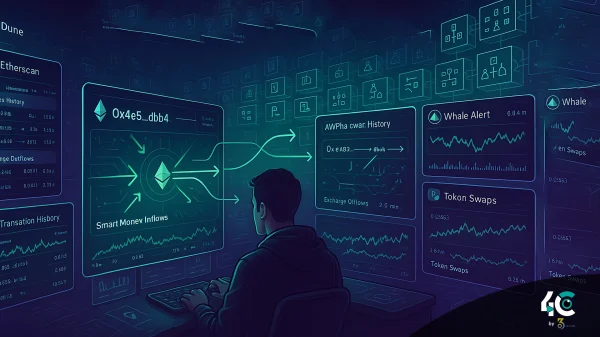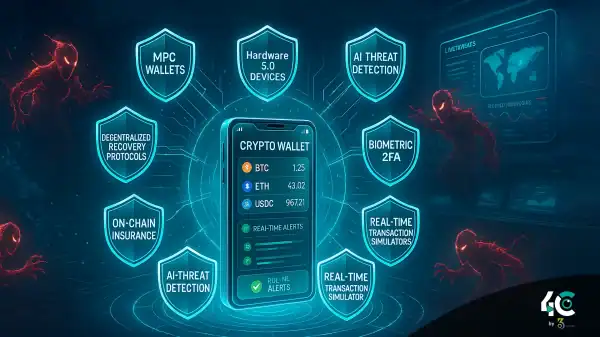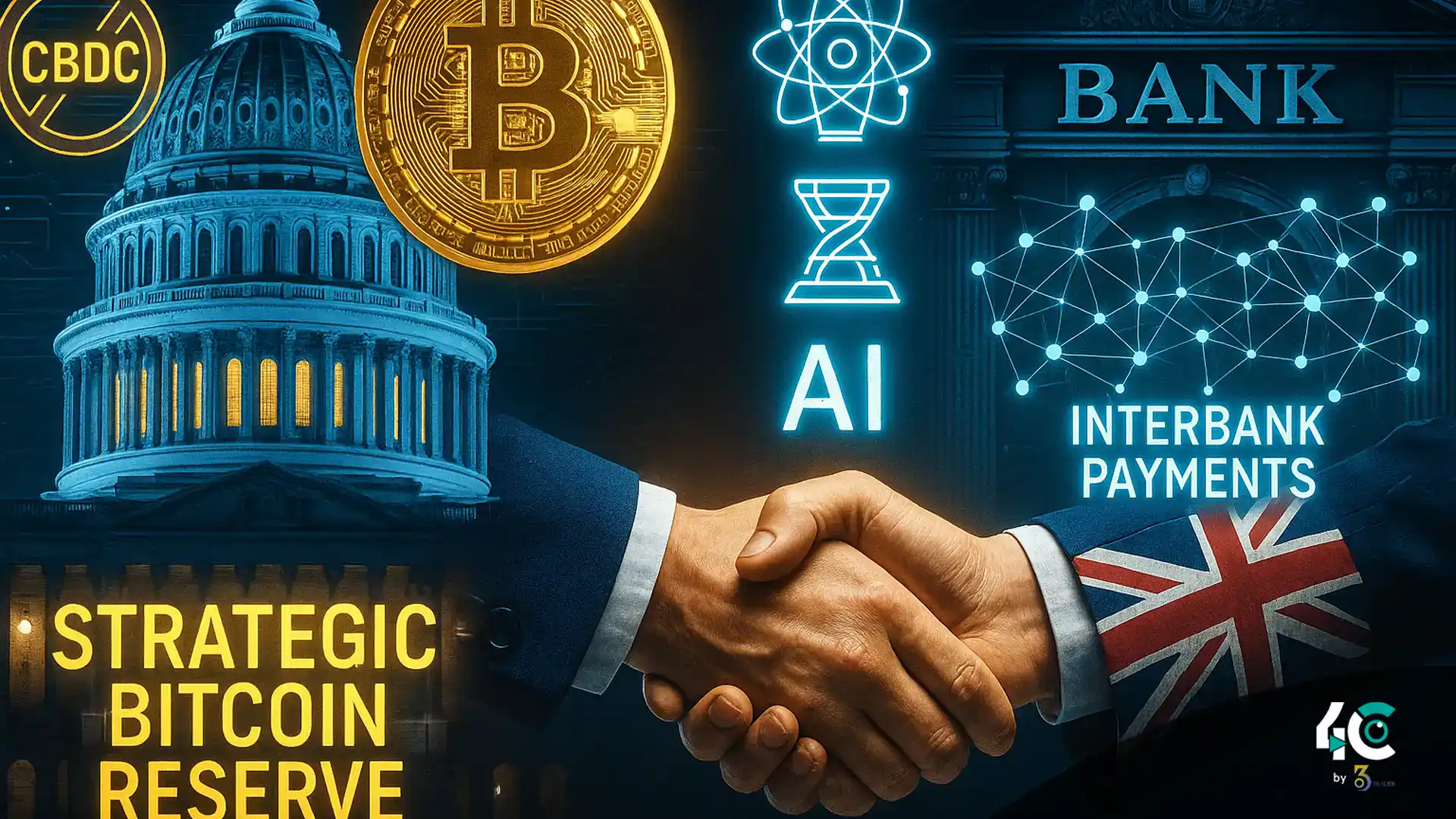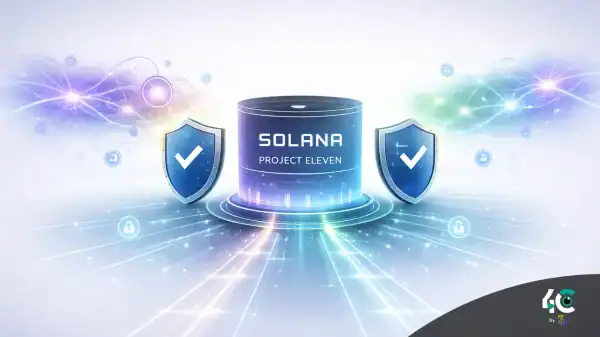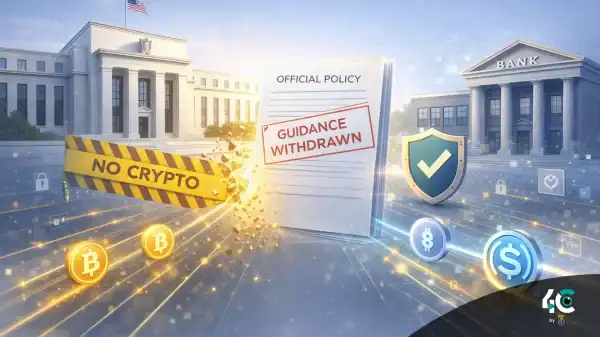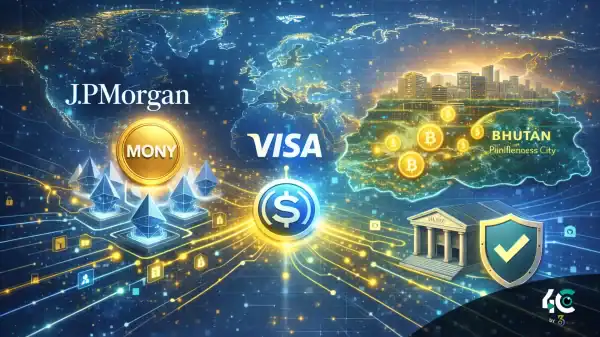1. U.S. House Targets CBDCs in Market Structure Overhaul 🇺🇸💥
The U.S. Congress is merging two bills to stop the Federal Reserve from issuing a central bank digital currency (CBDC). The Anti-CBDC Surveillance State Act and Digital Asset Market Clarity Act are being combined, potentially creating a unified framework for stablecoin regulation and market clarity.
If passed, the bill may proceed to the Senate and could be enacted by 2026. Analysts say this legislation seeks to safeguard U.S. financial sovereignty by pairing CBDC restrictions with broader market structure reforms.
Following the GENIUS Act, which focused on stablecoins, this move underscores increasing attention toward regulating cryptocurrencies in America.
2. D.C. Making a Strategic Reserve of Bitcoin 🟠🏛️
Eighteen leading crypto figures met with lawmakers to discuss the Strategic Bitcoin Reserve under the BITCOIN Act. Attendees included Michael Saylor, Tom Lee, and executives from major mining and investment firms.
The bill proposes that the U.S. government purchase one million Bitcoin (BTC) over five years in a budget-neutral way. Funding options discussed include using Treasury gold certificates or tariff surpluses.
This partnership between federal authorities and crypto innovators could transform Bitcoin into a national strategic asset. With financial institutions, miners, and venture capital firms showing interest, the Strategic Bitcoin Reserve could become one of the largest policy-driven crypto initiatives in U.S. history.
3. Swiss Banks Lead Blockchain-Based Interbank Payments 🇨🇭💳
Swiss banks are pioneering blockchain integration for interbank settlements. UBS, PostFinance, and Sygnum Bank successfully executed legally binding payments on a public blockchain, coordinated by the Swiss Bankers Association (SBA).
Key Innovations:
- Payment Instructions Tokenized: Bank orders converted into deposit tokens.
- Escrow-Like Token Exchange: Deposited tokens exchanged for real-world assets (RWAs) via smart contracts.
This proof-of-concept shows that traditional bank money can operate seamlessly with public blockchains, paving the way for tokenized assets, faster settlements, and compliant smart contracts. While scaling remains a challenge, this represents a major step toward the convergence of traditional finance and DeFi.
4. U.S.-U.K. Partnership Powers Quantum, AI, and Nuclear Tech ⚡🌐
The U.S. and U.K. have signed a memorandum of understanding (MOU) to collaborate on quantum computing, artificial intelligence (AI), nuclear energy, and telecommunications. Though non-binding, it establishes task forces for:
- Quantum hardware and software development
- Interoperability standards
- 6G networks
- Next-gen nuclear fusion reactors
President Donald Trump highlighted that the partnership generated $350 billion in cross-sector deals, enhancing innovation in technology, energy, and defense. Analysts note that cheaper and abundant energy could disrupt proof-of-work (PoW) security models for networks like Ethereum.
This initiative demonstrates how high-tech developments intersect with crypto infrastructure, linking blockchain security and mining operations with global innovation.
The Big Picture 🌎🚀
Recent global developments showcase rapid evolution in digital finance and cryptocurrency:
- The U.S. moves to ban CBDCs, clarifying regulations for digital assets.
- Lawmakers and industry leaders push for a federal Bitcoin reserve, strengthening policy-backed adoption.
- Swiss banks prove blockchain’s capability for legally binding interbank payments.
- The U.S.-U.K. tech alliance advances AI, quantum computing, and nuclear fusion as pillars of future financial infrastructure.
From Washington to Zurich, crypto and blockchain are reshaping banking, payments, and technology. Investors and innovators must adapt quickly—the next era of digital money is already in warp speed.





